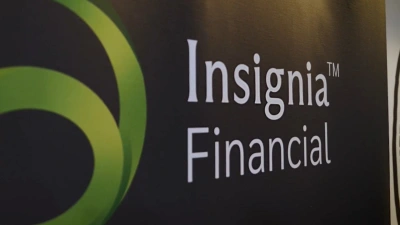Many advisers lack business plans
The biggest catalyst for change among financial advice practices is profitability, and yet nearly half do not have a business plan and many do not cost the advice they provide, according to managing director of Elixir Consulting Sue Viskovic.
Speaking at the Self-Managed Super Fund Professionals’ Association of Australia conference in Brisbane, Viskovic said that over the last 12 months Elixir Consulting had noticed a dramatic increase in advisers keen to invest in their businesses (and therefore seeking business coaching). She noted that while ‘best practice’ worked in the context of compliance, there was no single solution to practice management that would work for every business. But one area that many businesses did not work on enough was business plans, she said. Referring to Business Health statistics, she said that while 57 per cent of financial planning practices had a business plan, she questioned how many had an effective plan that they used to track the progress of their business.
“Do you know how your business is tracking against your business plan? How many goals have you achieved? Do you consistently meet 80 per cent of your targets every year?” she asked.
The other area advisers needed to focus on was the profile of their ideal clients, since this was a significant contributor to profitability, said Viskovic.
“You want to ensure that people will pay fees on a profitable basis and they will get value from your advice,” she said. “Your most important word to learn is ‘no’,” she added, referring to the advisers’ need to turn away clients who did not fit into their idea of an ideal client.
Understanding the profile of an ideal client also made marketing a lot easier, and created a ‘like-attracts-like’ scenario as clients gave referrals to others with similar needs, she said. It also enabled advisers to better build their service proposition around their clients, she said.
Advisers also needed to think carefully about what it cost them to give advice and then decide what fee model would fit their business — whether it be asset-based, flat fee or hourly rates. Viskovic said that many advisers who transitioned to fee-for-service found that they charged too little for their advice. She added that trailing commissions would experience significant attrition, especially when it came to inactive clients.
“Under [the Future of Financial Advice regime], it’s more important that fees are correct and that you are charging enough to provide advice on a profitable basis,” she said.
Recommended for you
Net cash flow on AMP’s platforms saw a substantial jump in the last quarter to $740 million, while its new digital advice offering boosted flows to superannuation and investment.
Insignia Financial has provided an update on the status of its private equity bidders as an initial six-week due diligence period comes to an end.
A judge has detailed how individuals lent as much as $1.1 million each to former financial adviser Anthony Del Vecchio, only learning when they contacted his employer that nothing had ever been invested.
Having rejected the possibility of an IPO, Mason Stevens’ CEO details why the wealth platform went down the PE route and how it intends to accelerate its growth ambitions in financial advice.














